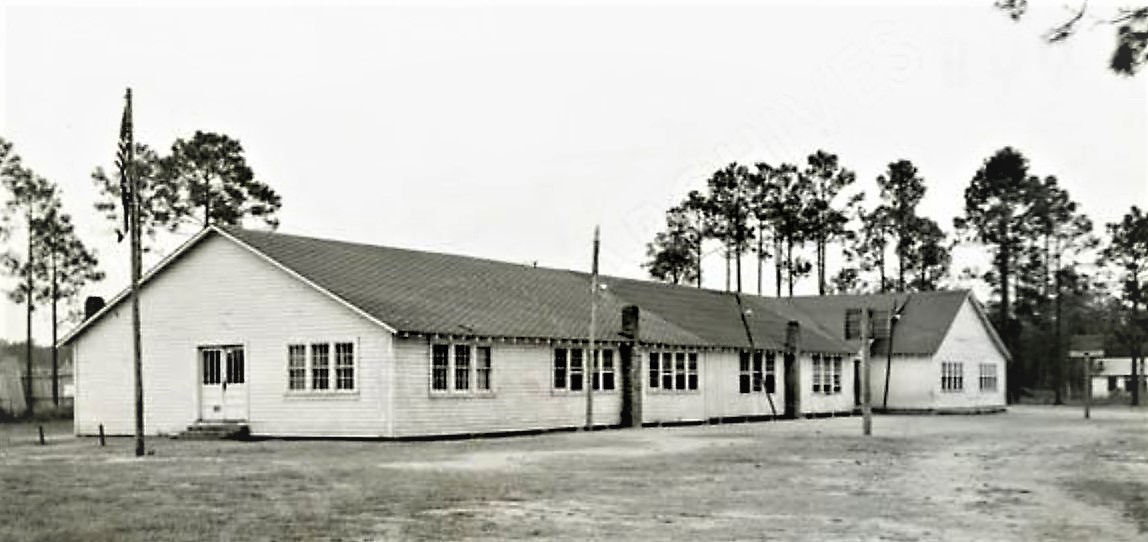The History
A past to cherish, a future to fulfill.
Atkinson County Training School was considered a "colored" school, a racially segregated school in Atkinson County Georgia that originated after the American Civil War and Reconstruction era. The phenomenon of colored schools began in the late 1860s during Reconstruction era when Southern states under biracial Republican governments created public schools for ex-slaves. In 1888 Atkinson County Training School was established as an all Black School for grades 1 to 12. The school was established due to segregation. In 1971 Atkinson County Training School closed down due to desegregation.
The Atkinson County Training School was a significant institution in the history of African American education in Georgia. It provided vital educational opportunities, fostered community cohesion, and contributed to the broader civil rights movement. Preserving and studying the history of such schools is crucial for understanding the struggles and achievements of African American communities during segregation.

The photo above is of the Atkinson County Training School building from the mid 1950's.
Atkinson County Training School, like many African American schools during the era of segregation in the United States, played a crucial role in providing education and fostering a sense of community among African American residents in Atkinson County, Georgia. The school was likely part of the Rosenwald School program, which helped establish thousands of schools for African American children in the early 20th century.
The school was established in a period when educational opportunities for African Americans were severely limited due to segregation. The Rosenwald Fund, initiated by Julius Rosenwald and Booker T. Washington, aimed to address these disparities by funding the construction of schools for Black children. The construction of the Atkinson County Training School was likely funded through a combination of Rosenwald Fund grants, contributions from the African American community, and public of the grant requirements. The local African American community would have played a significant role in raising funds, organizing construction efforts, and supporting the school’s operations. This collective effort fostered a strong sense of ownership and pride in the school.
The school offered a standard curriculum that included subjects such as reading, writing, arithmetic, history, and geography. The aim was to provide a solid educational foundation to the students. In addition to academic subjects, many training schools also offered vocational training to equip students with practical skills for the workforce. This was in line with Booker T. Washington’s philosophy of combining academic education with practical skills training. Teachers at the Atkinson County Training School were often well- educated African Americans who were deeply committed to the education and upliftment of their community. Despite challenges such as low pay and limited resources, these educators played a pivotal role in shaping the lives of their students. The students were primarily African American children from Atkinson County and the surrounding areas. The school served as a vital institution for their education and social development.
The Atkinson County Training School served as a central hub with the churches for the local African American community. It hosted various community events, meetings, and social gatherings, becoming a focal point for community life. There is no doubt that The Atkinson County Training School significantly contributed to improving educational outcomes for African American children in the area, providing them with opportunities that were otherwise unavailable due to segregation.
The education and sense of community fostered by the school played a role in the broader civil rights movement, as many alumni and community members became involved in the fight for equality and justice.